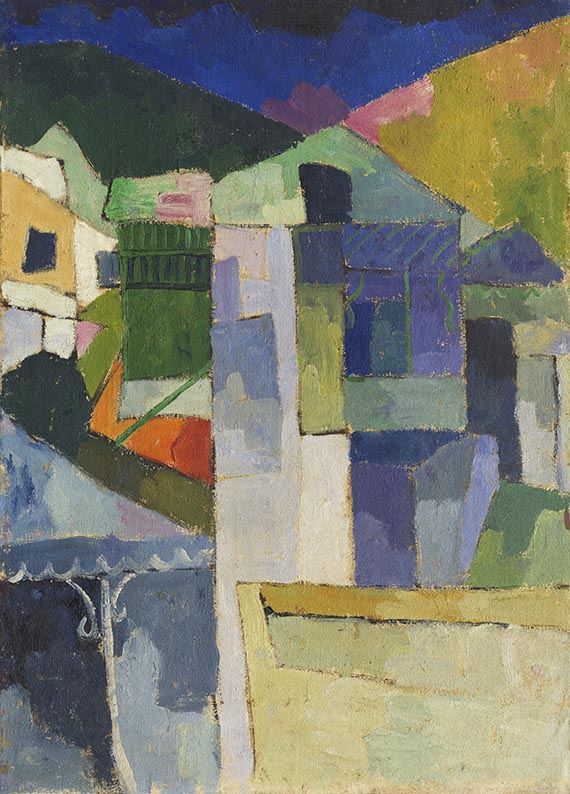Dictionary


Consulat
The Consulate style only lasted a few years. It takes its name from the period lasting from 1799 to 1804, when Napoleon 1 was First Counsel. It represented the transition from strict, plain Directoire to the more the playful Empire style.
The Consulate style had its origins in Napoleon’s expedition to Egypt (1798-1801). During the campaign, various art treasures from distant lands made their way to France, where they influenced painters, architects and craftsmen. Egyptian motifs such as sphinxes, obelisks and pyramids were taken up in the formal canon of Consulate, and often in the form of small format handicrafts. A catalyst for this enthusiasm for Egypt and its formal language (Egyptomania) was the encyclopaedic publication "Description de l'Égypte", first published during the Empire period, which Napoleon had initiated after returning from Egypt. Egyptian art, culture and nature were comprehensively described and illustrated in over 3000 etchings. Some of the large Consulate projects (which also made reference to the subsequent Empire style) include the conversion and interior decoration of the Château de Malmaison near Paris (1800-02), which was used by Napoleon and Joséphine de Beauharnais as their private residence. Charles Percier (1764-1838) and his fellow student Pierre-François-Léonard Fontaine (1762-1853), undertook the renovation, and went on to jointly execute a number of works in the Empire style.
The Consulate style only lasted a few years. It takes its name from the period lasting from 1799 to 1804, when Napoleon 1 was First Counsel. It represented the transition from strict, plain Directoire to the more the playful Empire style.
The Consulate style had its origins in Napoleon’s expedition to Egypt (1798-1801). During the campaign, various art treasures from distant lands made their way to France, where they influenced painters, architects and craftsmen. Egyptian motifs such as sphinxes, obelisks and pyramids were taken up in the formal canon of Consulate, and often in the form of small format handicrafts. A catalyst for this enthusiasm for Egypt and its formal language (Egyptomania) was the encyclopaedic publication "Description de l'Égypte", first published during the Empire period, which Napoleon had initiated after returning from Egypt. Egyptian art, culture and nature were comprehensively described and illustrated in over 3000 etchings. Some of the large Consulate projects (which also made reference to the subsequent Empire style) include the conversion and interior decoration of the Château de Malmaison near Paris (1800-02), which was used by Napoleon and Joséphine de Beauharnais as their private residence. Charles Percier (1764-1838) and his fellow student Pierre-François-Léonard Fontaine (1762-1853), undertook the renovation, and went on to jointly execute a number of works in the Empire style.
Offers
Headquarters
Joseph-Wild-Str. 18
81829 Munich
Phone: +49 89 55 244-0
Fax: +49 89 55 244-177
info@kettererkunst.de
Louisa von Saucken / Undine Schleifer
Holstenwall 5
20355 Hamburg
Phone: +49 40 37 49 61-0
Fax: +49 40 37 49 61-66
infohamburg@kettererkunst.de
Dr. Simone Wiechers / Nane Schlage
Fasanenstr. 70
10719 Berlin
Phone: +49 30 88 67 53-63
Fax: +49 30 88 67 56-43
infoberlin@kettererkunst.de
Cordula Lichtenberg
Gertrudenstraße 24-28
50667 Cologne
Phone: +49 221 510 908-15
infokoeln@kettererkunst.de
Hessen
Rhineland-Palatinate
Miriam Heß
Phone: +49 62 21 58 80-038
Fax: +49 62 21 58 80-595
infoheidelberg@kettererkunst.de
We will inform you in time.




